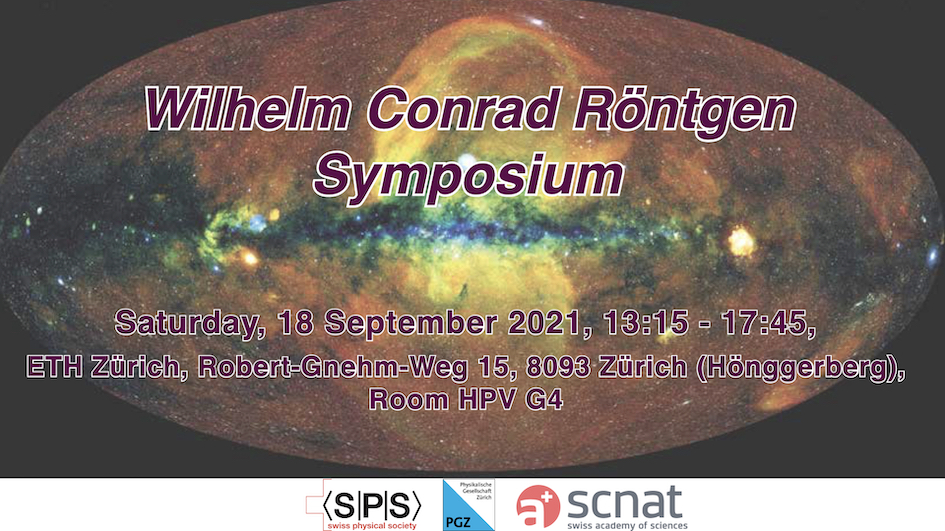Speaker
Description
125 years after the discovery of X-rays by W. Röntgen, scientists around the world are still pushing the limits of X-ray imaging exploiting the unique features of latest generation synchrotron facilities. Modern X-ray micro- and nanoimaging rely on the coherent properties of synchrotron beams, suitable optics, and algorithms to sense wavefront disturbances from samples and – consequently – to reconstruct their inner structure. Tomographic microscopy has been pushed to isotropic resolutions of a few tens of nanometers while tomographic scans can be performed as fast as hundreds of tomograms per second. These capabilities opened a plethora of new applications, for instance, the in-vivo observation of complex biomechanical dynamics in small animals and insects or the visualization of foaming processes in metal alloys. Originally developed to measure fundamental properties of synchrotron beams, grating interferometers evolved into sophisticated tools for advanced X-ray imaging in the lab and, recently, for clinical applications. Grating interferometers generate image contrast exploiting refraction and scattering, rather than absorption and can potentially revolutionize the radiological approach to medical imaging because they can detect subtle differences in the electron density of a material and measure the effective integrated local small-angle scattering power generated by microscopic structural fluctuations. The talk will provide insights into cutting-edge X-ray imaging and discuss upcoming developments.
